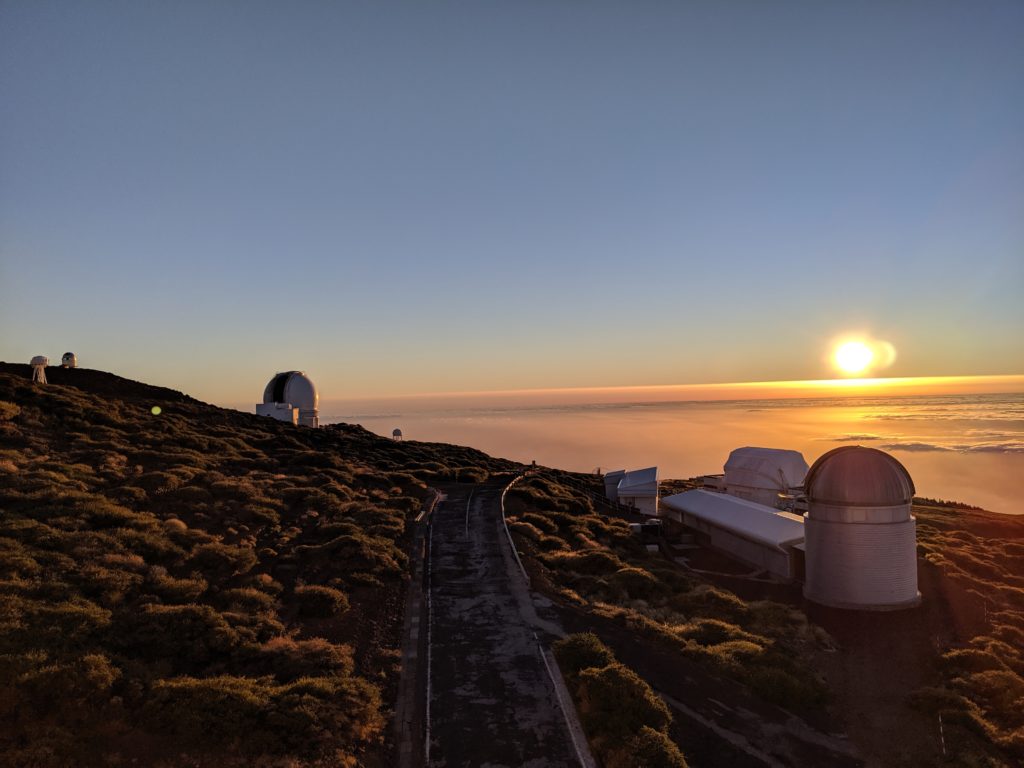Researcher:
- Dr Juan Hernandez Santisteban
School of Physics and Astronomy
Astronomers often must travel to far-away places — high up in mountains and volcanoes — for a few days to take images of the night sky. While an amazing experience which produces new insights of our cosmos, this ‘traditional’ way of obtaining data increases the carbon footprint of astronomy researchers.
How can we make our observations sustainable? Slowly but surely, the field is moving towards adapting old telescopes into – or building new – robotic telescopes. At the University of St Andrews, we use the global network of robotic telescopes (at Las Cumbres Observatory) to study supermassive black holes. This ‘new’ wave of robotic telescopes reduces the carbon footprint of astronomers worldwide and sets the new standard for future astronomical facilities.

Photography: Juan Hernandez Santisteban